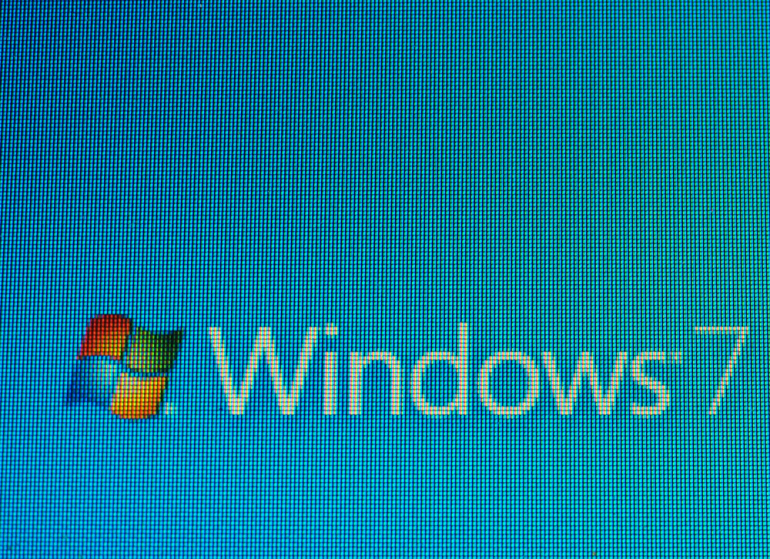Windows 7 was first introduced at the Professional Developers Conference, and visitors received a pre-beta version; we also did not fail to take advantage of this opportunity. In this article, we will discuss the most interesting features of the new system.
For Windows 7, Microsoft took the Vista Aero interface and upgraded it, although it has nothing to do with the rumors about a new interface with a ring of commands on the screen. Not at all, the interface supports the new “Taskbar” which combines the buttons for launching the applications that are most frequently used with the icons of applications already running, so you don’t have to switch between the taskbar, the Start menu and the Quick Launch / Quick Launch. “You can transfer icons to the Start menu from it, and also choose the desired order of icons. The pre-beta version of “milestone 3” that Microsoft gave to developers who attended the Professional Developer Conference does not have a new taskbar.
In Windows Vista, a quick view of applications appeared in the taskbar, which displays a smaller screen of a running application, just hover your mouse over it. Although you have only an approximate idea of what the program is currently doing. All the smaller screens were the same size, and the application, which was deployed on the entire desktop, had the same screen size as the copy indicator. According to a Movavi developer, the revised screen capture option is another remarkable feature in Windows 7 that every user can utilize more frequently. You can check the article here http://www.movavi.com/support/how-to/how-to-do-screen-capture-on-windows7.html .
Jump Lists have become a new feature in Windows 7 that makes taskbar icons more productive by expanding the “Recent Documents” feature in XP and Vista by linking them to individual applications. Right-clicking on the Word icon shows the most recent documents you edited. Jumps Lists is responsible for all these functions, both in the taskbar icons and in the Start menu applications.
For many years, Media Player has been included within Windows. Working with it under Vista and XP was about the same; a heavy application was launched that intensively loaded the processor, took up a lot of space on the screen and in memory even to play a few simple melodies. Windows 7 uses a new approach with a lightweight mini-player that can be launched with an icon from the taskbar; It replaces the Media Player mini panel in XP and Vista.
The Start menu of Windows 7 has returned to two Windows XP panels, and if the application uses the standard Most Recent Documents option, it automatically displays the Jump List on the taskbar. The idea of jump lists is also used in the new function “View Available Network.” Instead of going through many connection dialogs to connect to a wireless network, you can now quickly select the desired wireless network from the wireless icon in the tray. All you need is to select the network you want to use and then press the “Connect” button. If you need to enter a network security key, then a corresponding dialog will be offered, and if you need to log in via a web page, you will find yourself on it.







